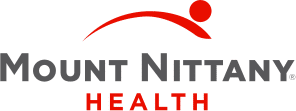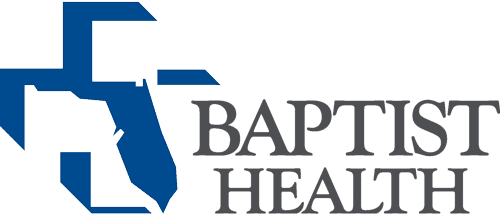Children’s Nebraska implementation of iQueue for Operating Rooms initially began in September 2021 and in November 2021 the solution launched to a core group of users for data validation. A single module (Exchange, below) went live system-wide in February 2022. The comparatively long implementation and validation period, undertaken in partnership with surgeon champions, allowed time to develop trust in the solution with key surgeons. Throughout the validation period, the iQueue team provided streamlined communication with specialty clinic teams, and built partnerships with leaders, meeting with each division chief to learn the unique challenges, opportunities, and areas of interest for different surgeons and departments.
The deployed iQueue modules included:
- Analyze, to give all stakeholders customized views of accurate, up-to-date OR utilization data and provide a trustworthy “single source of truth.”
- Collect & Allocate, to help schedulers identify and reassign “Collectable” OR time that was viable for cases but previously went unused.
- Exchange, to provide an “OpenTable”-like platform for surgeons to easily release and book open time from any device. It also allowed users to predict room utilization to show upcoming needs for staffing and resources based on likely caseloads.
Children’s Nebraska also deployed iQueue for Operating Rooms on its hybrid cases, to help align specialists with surgeons’ cases and availability without compromising PHI or requiring in-depth EHR training.
The data provided by iQueue for Operating Rooms, supplemented by more comprehensive, transparent data reporting, fostered trust among surgeons and division chiefs. They now all relied on the same system-wide source of information, which supported productive discussions about block allocation and policies as everyone could view and agree on the same data points. The tools for identifying and exchanging OR time helped surgeons view and claim the time they needed, alleviating their scarcity mindset and leading to more proactive releases. Configurable room access, which made only appropriate rooms visible to each service line, reduced scheduling churn and improved care access by directing the right cases to the right locations.









